How Do Killerwhales Take Care for There Babies
It's WWF Water Midweek, when Honey Nature idiot box explores the unique characteristics, natural history, environmental challenges and threats facing waters and aquatic species in Canada and effectually the world, hosted past WWF-Canada president and CEO David Miller. Tonight at nine p.m. ET/PT watch Glowing Seas, and below read on about some of the most boggling examples of motherhood in our oceans.
For many animals, the relationship between mother and child is one of the near vital and of import factors of survival. Getting through the early years of life can exist perilous for animals in complex and demanding water ecosystems, and often it'southward the mother who feeds her immature, teaches them to care for themselves and protects them from threats for extended periods of time while they develop and become self-sufficient.
Underwater mothers confront challenges and dangers nosotros cannot imagine, including those posed by human activities such as pollution, habitat loss and underwater noise from shipping and development, which can affect the power of marine animals to communicate and navigate. WWF-Canada is working to better understand the impacts of industrial activity on belugas, orcas and other species and to protect the marine habitats essential for their survival.
Here are a five examples of incredible mothers caring for their young, and of the extraordinary bond forged between mother and kid.
Orca whales
Many animals raise their young until they are self-sufficient, and and so parent and kid part ways. In one variety of orcas, known equally Bigg's killer whales, offspring disperse from their mothers in one case they reach maturity or have offspring of their own. But another variety, resident killer whales, stay with their groups or pod for life, meaning mother and child stay together their unabridged lives, even after they have offspring of their own. Mothers have just ane calf every five years, and the mortality rate in the outset yr is extremely loftier, then mothers have to watch over their young 24/vii. For the first calendar month of their lives, the calves don't slumber, so mothers forgo sleep to stay upwards with them. Throughout its life, a resident killer whale will only separate from its female parent for a few hours at a time: to forage and mate.
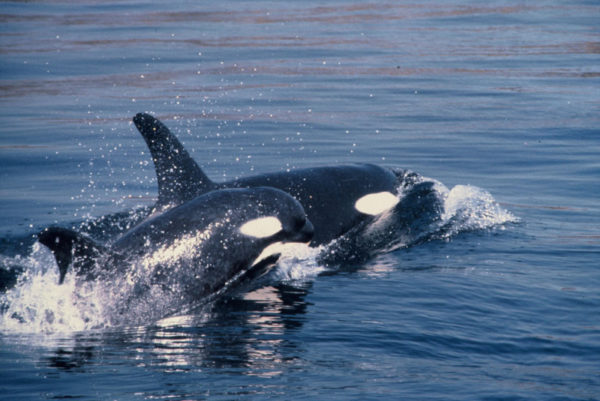
Ocean otters
Well-nigh marine mammals have a layer of blab to help them keep warm, merely sea otters rely only on dumbo fur and on generating a lot of free energy by eating. When a sea otter is pregnant, she must increase the amount she eats to keep her baby alive, consuming up to 50 per cent of her body weight daily. After giving nascency, mother sea otters are weakened, but must forage for themselves and their ravenous immature for the get-go six months of their offspring's life. By the time her immature begins to wean, the mother sea otter'due south free energy demands have increased by 96 per cent.
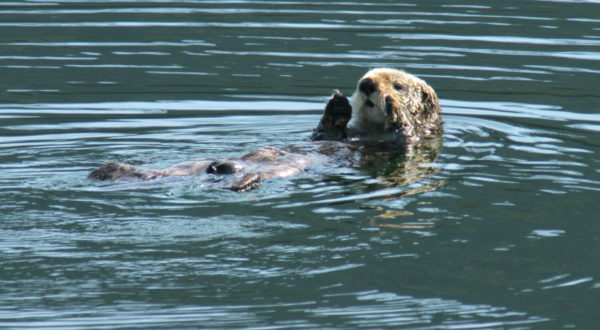
Eastern gray whales
Gray whales accept the longest known migration of whatsoever mammal , swimming a round trip of 16,000 to 19,000 kilometres each yr — with immature in tow. Some whales fifty-fifty requite birth mid-migration. Mother grey whales don't feed during their months of migration, only they exercise nurse their calves who potable about 50 gallons of their mother's fat-rich milk per day. For the Eastern grey whale, rearing a child is an incredible examination of endurance.
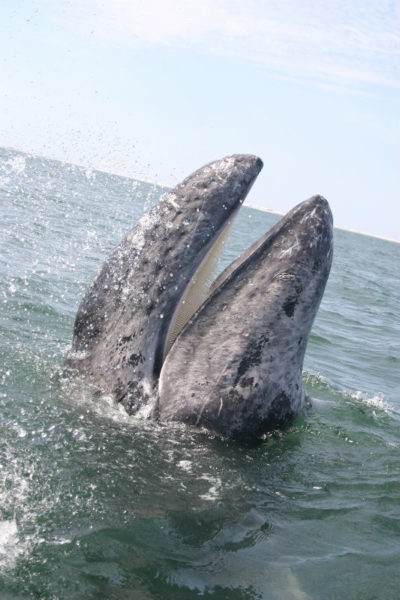
Beluga whales
Belugas need to consume 40 to 70 pounds of food daily to survive, and for the first year of her dogie's life, a mother beluga must add to this the responsibility for feeding her calf as well. Calves begin nursing within a few hours of birth and go on to nurse regularly for an entire year — this subsequently a gestation period of 14 to 15 months. After a yr, calves supplement their diets with shrimp and fish, but will continue to nurse for another year. Baby belugas are very dependent on their mothers, and so pods are segregated into males and females with young.
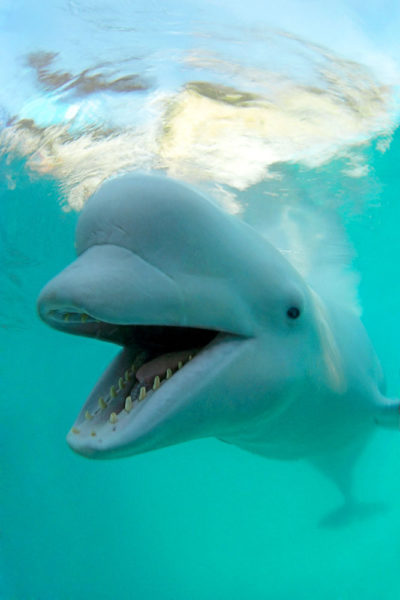
Walruses
Past animal standards, walruses spend an extremely long time feeding and raising their young. A baby walrus will nurse for an entire year, and and then remain with their female parent for 2 years or more. Mother walruses are very protective of their young. A mother will pick a baby walrus upward with her flippers and hold it to her chest if information technology'south threatened, diving into the h2o with it to escape predators. Walruses have young fairly infrequently, so it is vital for them to protect their offspring.
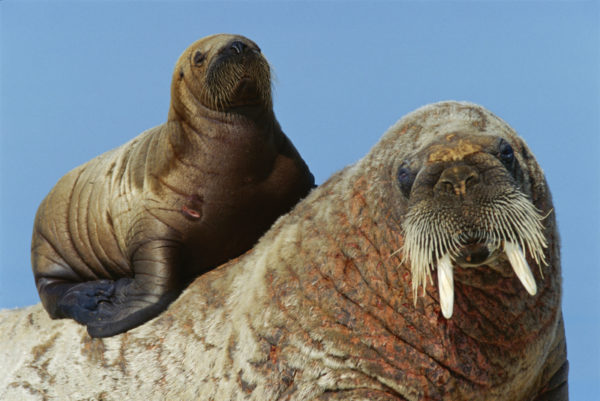
Source: https://wwf.ca/stories/five-marine-mothers-and-the-incredible-ways-they-care-for-their-young/
0 Response to "How Do Killerwhales Take Care for There Babies"
Publicar un comentario